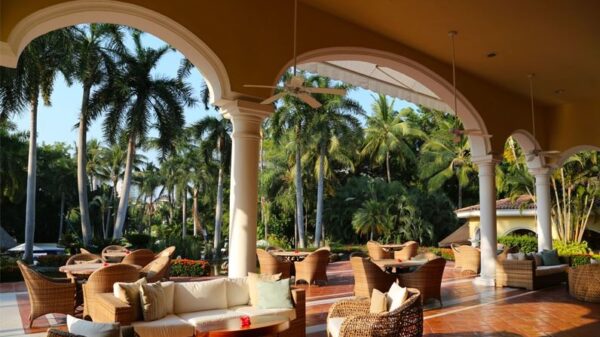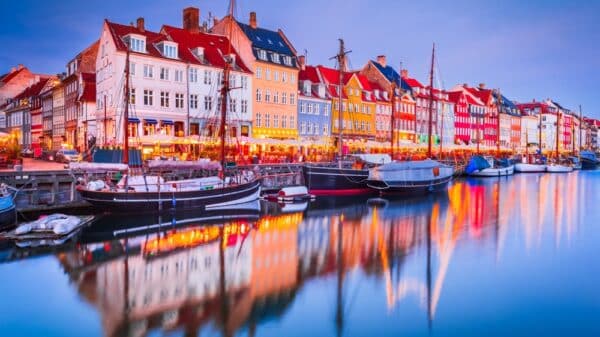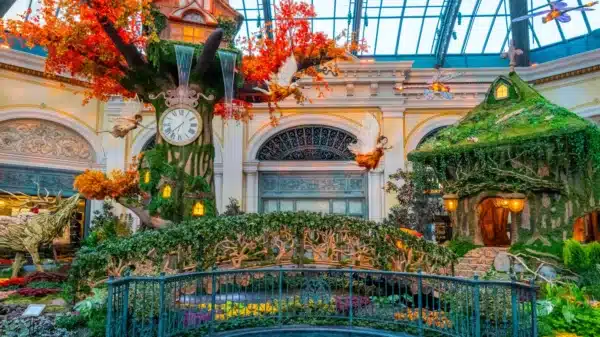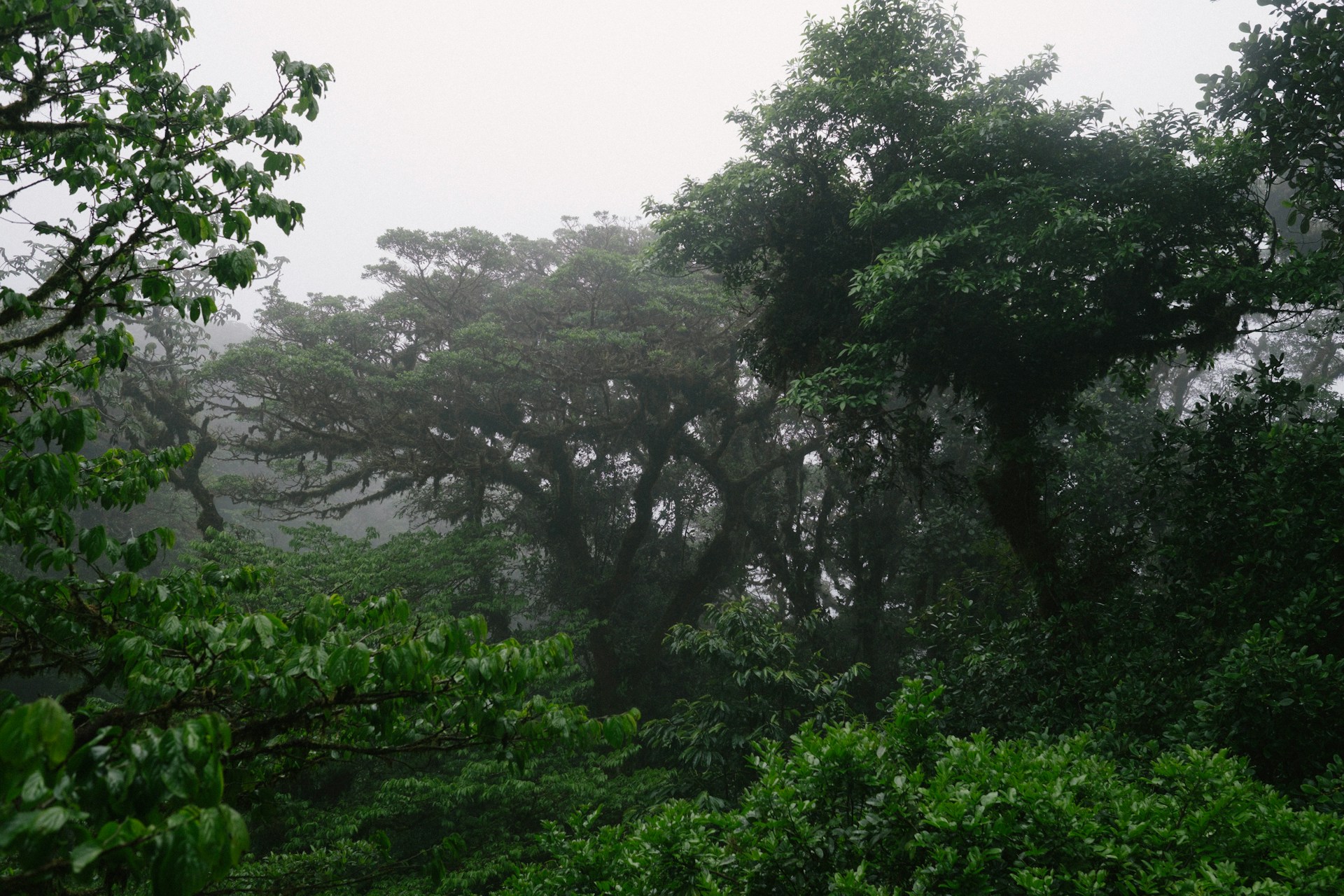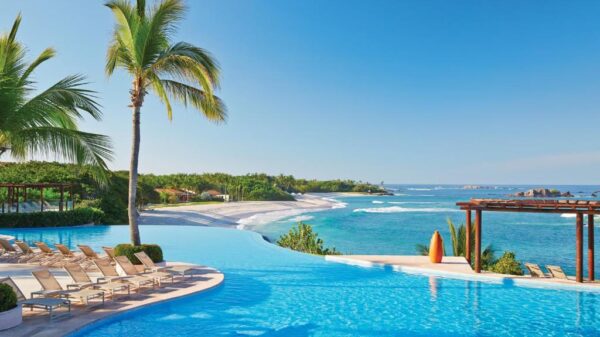The recent addition of 26 sites to UNESCO’s World Heritage List highlights a remarkable blend of history, beauty, and culture that can inspire every traveler’s next adventure.
Among the new entries, Germany’s Palaces of Ludwig II of Bavaria shine brightly, particularly the iconic Neuschwanstein Castle. This stunning 19th-century structure, nestled by a serene lake in the Bavarian Alps, is a masterpiece of architectural romance, often hailed as the inspiration behind Disneyland’s enchanting castle.
Commissioned by King Ludwig II in 1869 as a tribute to composer Richard Wagner, Neuschwanstein remains unfinished, adding a layer of intrigue to its enchanting beauty. After Ludwig’s passing in 1886, the castle opened its doors to visitors, offering a unique experience where fantasy and history intertwine.
Alongside Neuschwanstein, other notable sites include Linderhof Palace and Herrenchiemsee, showcasing Ludwig’s vision and his affinity for artistic expression. This UNESCO recognition honors not only their breathtaking aesthetics but also their architectural significance, influenced by styles from Wartburg Castle and the grandiosity of Versailles, as well as the captivating tales of German fairy tales and Wagner’s operas.
Maria Böhmer, President of Germany’s UNESCO commission, emphasizes the importance of these venues, portraying them as reflections of Ludwig’s quirky dreams. Their intricate designs and whimsical narratives make them beloved by history buffs and casual travelers alike.
This year’s expansion of the World Heritage List includes a diverse array of locations worldwide, from the vibrant culture of Cameroon to the ancient beauty of Cambodia. Each addition tells its own unique story, encouraging travelers to delve into new traditions and landscapes.
In particular, Africa stands out this year, celebrating the inclusion of four new sites including Sierra Leone and Guinea-Bissau. The UNESCO committee noted a concerning fact: only 10% of the world’s heritage sites are situated in Sub-Saharan Africa. This serves as a wake-up call to honor and spotlight the rich heritage of this lively region.
Sierra Leone’s Gola-Tiwai Complex, incorporating the Gola Rainforest National Park and Tiwai Island Wildlife Sanctuary, bursts with biodiversity. It’s home to over 1,000 plant species, including 113 endemic to the region, as well as 55 mammal species like the endangered African Forest Elephant.
In Guinea-Bissau, the Bijagós Archipelago’s coastal ecosystems are vital nurseries for marine wildlife, including Green and Leatherback turtles, manatees, and dolphins, crucial for maintaining global biodiversity.
UNESCO’s designations celebrate both cultural and natural heritage, yet it’s notable that nearly half of these treasures are located in Europe and North America, with Italy and China leading in site designations.
The heritage initiative kicked off in 1978, recognizing key sites like the Galápagos Islands and Yellowstone National Park. These locations carry immense cultural and natural significance, and our ongoing commitment to this endeavor is vital.
As we celebrate these new heritage additions, it’s essential to reflect on our role in safeguarding these treasures for future generations. Each visit can leave a lasting impression, encouraging a deeper appreciation for the rich tapestry of culture, history, and natural beauty woven throughout our world.
So, as you plan your next getaway, let the allure of these newly recognized sites ignite your wanderlust. Embrace the chance to explore where history meets beauty, and discover the stories waiting to be told in every corner of our planet.
Image Source: Unsplash



